The Countess Of Wessex Clematis – 1 Gallon Pot
$49.97 Original price was: $49.97.$34.98Current price is: $34.98.
SKU: D2LSC 7040685514 Categories: Clematis Vines, VINES & CLIMBERS
- Experience the difference quality makes.
- Buy with Peace of Mind
- Free Shipping, No Compromise on Quality
- High quality products, hassle-free returns.

The Countess of Wessex Clematis
Clematis“The Countess of Wessex’
Plant Details
USDA Plant Hardiness Zones: 4a-9b Find Your Zone
Plant Type: Flowering Vine
Height or Length at Maturity: 3-4′
Width at Maturity: 3-4′
Suggested Spacing: 3′ for groupings; 6′ for space between plants
Spacing: 1-2′ apart to cover fences and walls
Growth Habit / Form: Climbing, Dense, Twining, Twisted Branching
Growth Rate: moderate
Flower Color: White petals with a Pink stripe and Deep Burgundy
Flower Type: Single
Flower Size: 5-6″
Flowering Period: Summer into Fall
Flowering Period: Summer into Fall
Fragrant Flowers: No
Foliage Color: Green
Fragrant Foliage: No
Sun Needs: Full to Mostly Sun, Part Shade, All Day Lightly Filtered Sun
Water Needs: Average
Soil Type: Clay (Amended), Loam, Sand (Amended), Silt
Soil Drainage: Moist but Well Drained
Soil pH: 5.5 – 7.0
Maintenance / Care: Low
Pruning Group: 3
Attracts: Butterflies, Hummingbirds, Beneficial Pollinators, Visual Attention
Resistances: Deer, Disease, Heat, Humidity, Insect
Description
Note: All of our 1 gallon size Clematis vines are trellised 2 year old plants
Topping out at 4 feet high by 2 feet or a little wider, The Countess of Wessex is a free flowering Clematis that will grow in part shade to shade and is perfect for smaller garden spaces and container gardens. Its abundant and beautiful 5 to 6 inch diameter flowers consist of white pointed petals with rosy pink stripes that surround a cluster of deep burgundy stamens. The bloom begins in early summer and reblooming occurs all the way into fall.
Landscape & Garden Uses
All of our Clematis vines are trellised 2 year old plants in a 1 gallon pot.
With its smaller stature to only 3 to 4 feet high and equally as wide, The Countess of Wessex Clematis is ideal for growing in smaller garden spaces or containers that can be situated in outdoor living spaces for up -close viewing and enjoyment. A fine addition to Clematis gardens and white theme gardens.
Suggested Spacing: 3’ feet apart for groupings; 6 feet apart for space between plants
Growing Preferences
The Countess of Wessex Clematis is easy to grow in a moist but well-drained soil of average fertility and part shade. Though it tolerates dry periods when established, it will appreciate an occasional watering in prolonged periods of dry weather. See pruning instructions just below.
Clematis Pruning Group 3
Clematis in group 3 consist of late-flowering species that bloom from mid-summer into fall. This group flowers on the last 2 to 3 feet of the current season’s growth (new wood). They are easy to prune because you do not need to maintain any old wood. In February or March, cut each stem to a height of 1 or 2 feet. Although you will be removing good stems and buds, this treatment keeps these vigorous growers in bounds. If not pruned, these vines will quickly become a mass of old diseased woody stems producing very few flowers. Always make sure to leave two good buds below where you make your cut. New growth will emerge from these buds to produce the current seasons vines and blooms.
Helpful Articles
Click on the link below to find helpful advice from our experts on how to plant and care for Clematis vines
How To Plant A Clematis
How To Prune A Clematis
Plant Long & Prosper!
Meet The Wilson Brothers & Staff
Questions? Contact Us!
Be the first to review “The Countess Of Wessex Clematis – 1 Gallon Pot” Cancel reply
Related products
Sale!
Clematis Vines
Sale!
Clematis Vines
Sale!
Clematis Vines
Sale!
Clematis Vines
Sale!
Clematis Vines
Sale!
VINES & CLIMBERS
Sale!
Clematis Vines
Sale!
Clematis Vines




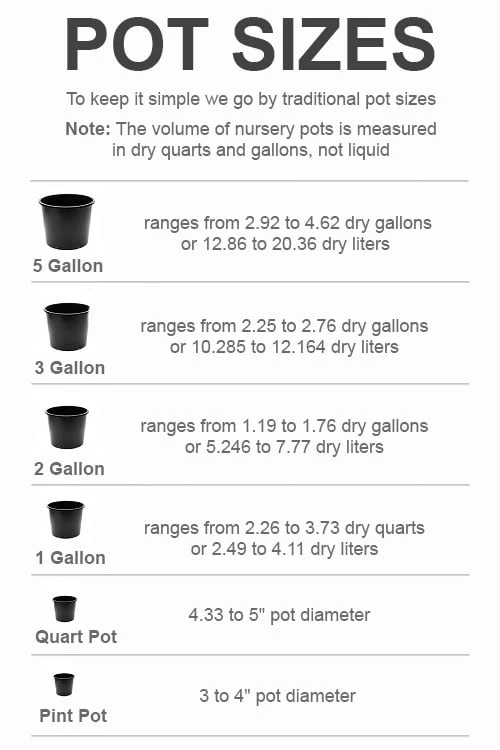





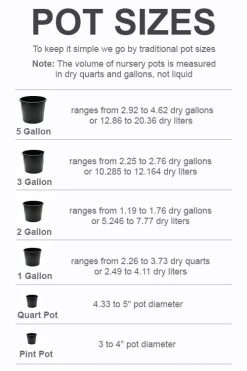



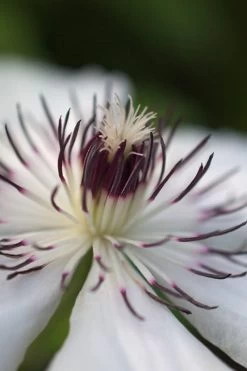


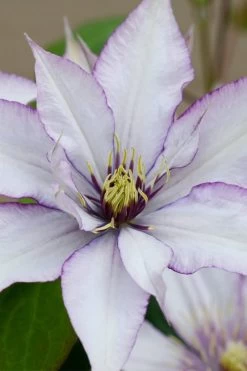





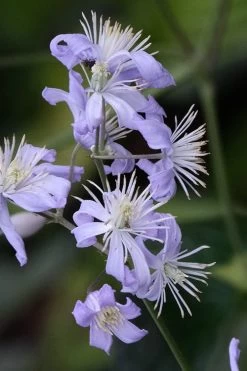

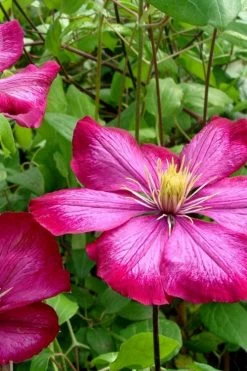
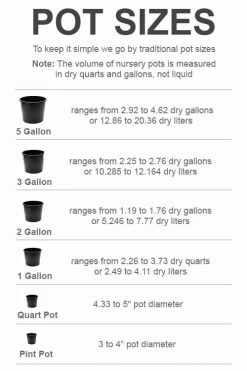
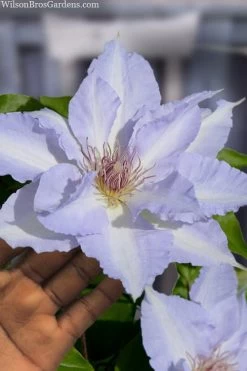


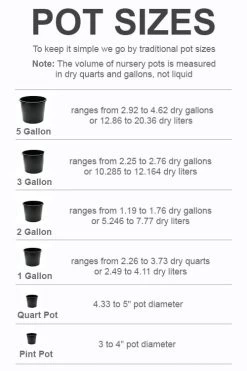
Reviews
There are no reviews yet.